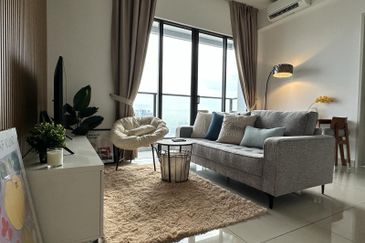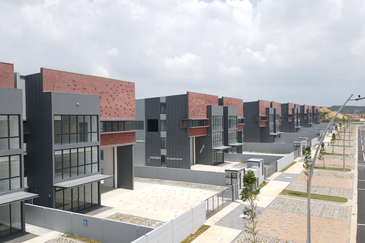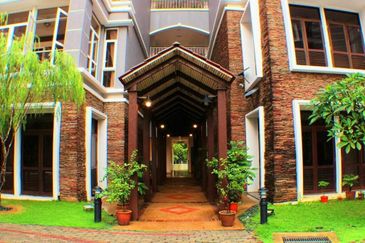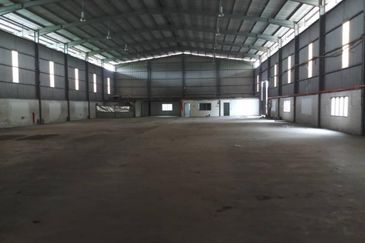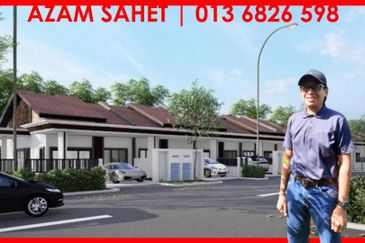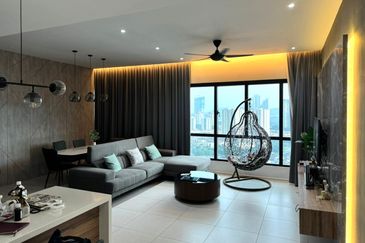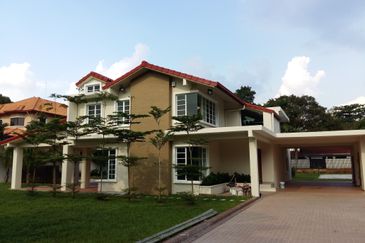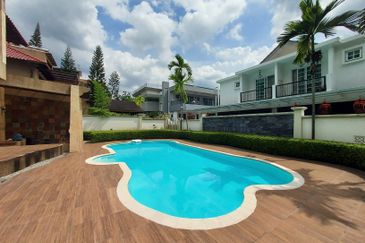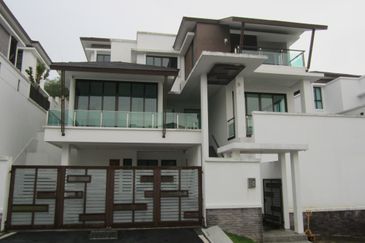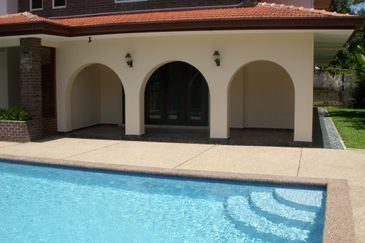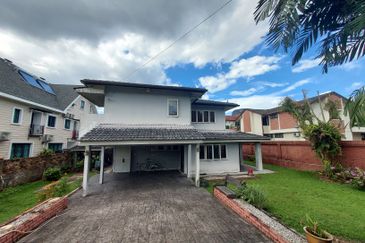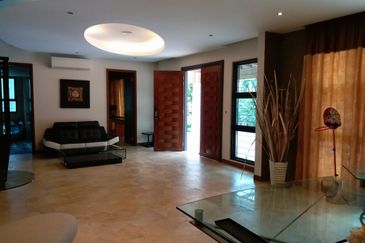KUALA LUMPUR (July 20): Office rents in Kuala Lumpur are expected to continue rising despite concerns of an oversupply. Deputy Finance Minister Datuk Awang Adek Hussin, who launched the KL Purpose- Built Office Rent Index (PBO -RI) yesterday, said the first quarter 2011 (1Q11) to 4Q11 index indicates a positive growth trend.
“It is interesting to see that the average office rental in Kuala Lumpur has gradually increased,” said Awang. “From 1Q09 to 1Q11, average rent has hovered below RM4 psf per month. However, starting from 2Q11 and beyond, average rent has moved above RM4 psf per month.”
Awang added that as at 1Q12, the existing supply of office space stands at more than 6.5 million sq m with 1.3 million sq m unoccupied while incoming supply is estimated to be more than 1.1 million sq m.
The PBO-RI composite index in 4Q11 was at 103.3 points, the highest since 4Q09. Th e Kuala Lumpur City Centre-Golden Triangle area (KLCC-GT) remains the favourite office location and the KLCC-GT sub-index recorded 130.1 points in 4Q11 compared with 4Q10’s 115.3 points. In 4Q11, KLCC-GT average rent was at RM4.66 psf per month.
The other locational sub-indices are categorised as the central business district (CBD), within city centre (WCC), and the suburban area which covers Bangsar, Damansara Heights, Bukit Kiara, Pantai Baru, Jalan Istana and Jalan Syed Putra.
According to the PBO-RI report published by the Valuation and Property Services Department, average rents in the KLCCGT area stand at RM4.66 psf, RM3.27 psf in the CBD, RM3.46 psf in WCC and RM3.51 psf in the suburban area.
The PBO-RI will be produced half yearly on quarterly frequencies of current market rents covering various areas and building grades in Kuala Lumpur. A total of 6,832 rental data from 157 buildings were collated for the inaugural PBO-RI for the period from January to December 2011.
National Property Information Centre director Dr Zailan Mohd Isa said due to the growing infrastructure of the suburban areas, more companies are relocating away from the city centre resulting in a strong growth in rents in these areas.
Nevertheless, KLCC-GT continues to outperform all other areas in Kuala Lumpur. “Nowadays, companies do not need to be located in the city centre to conduct their business,” Zailan said.
“These companies are moving further out towards the suburban areas spurred by the government’s initiatives of developing these areas and providing more infrastructure.” The CBD sub index in 1Q09 (91.2 points) was the lowest among the four areas but managed to improve to become the second leading index since 3Q10 (105.4 points).
The report stated that this was attributed to the improvement in transport infrastructure which made accessibility more efficient in the CBD region. The WCC index, however, recorded a downward trend from 1Q09 to 1Q10 and has yet to breach the 100 mark since 3Q10.
Nevertheless, the index stood at 98.4 points in 4Q11, up 3.2% against 3Q11 (95.3 points). Zailan said the second edition of the PBORI is likely to be published by September.
This article appeared in The Edge Financial Daily on July 20, 2012.
TOP PICKS BY EDGEPROP
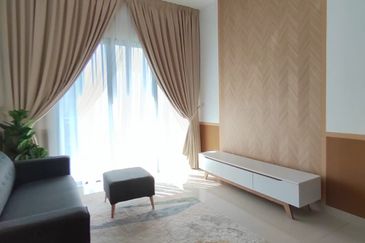
Citizen 2
Jalan Klang Lama (Old Klang Road), Kuala Lumpur

Bandar Puncak Alam
Bandar Puncak Alam, Selangor

Jalan Taman U Thant 1
Taman U-Thant, Kuala Lumpur


